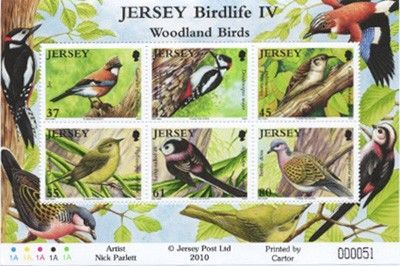The eastern spruce budworm, Choristoneura fumiferana Clem., (hereafter budworm) is responsible for the largest areas of insect-caused disturbance in North America, and as such, is an important part of spruce–fir forest change and succession. The insectivorous forest bird community shows large and rapid responses to budworm outbreaks. There is good evidence that there are budworm-linked species (bay-breasted, Cape May, and Tennessee warblers) that respond to budworm outbreak much more strongly and consistently than other species, probably through increased productivity of local populations when budworm are abundant. There also appears to be a more widespread positive bird community response to budworm outbreak that involves many more species.
The response is evident in local and regional scale studies, but individual species’ responses across studies are not always consistent, probably because of the relatively small number of studies conducted in a wide variety of contexts. Budworm outbreaks provide a short-term increase in food supply for birds, but also result in longer-term habitat change due to budworm-induced defoliation and tree mortality. Birds appear to influence budworm cycles, mostly at endemic population levels, through predation of large larvae and pupae.
Source:
L.A. Venier and S.B. Holmes Environ. Rev. 18: 191–207 (2010)

- Log in to post comments
